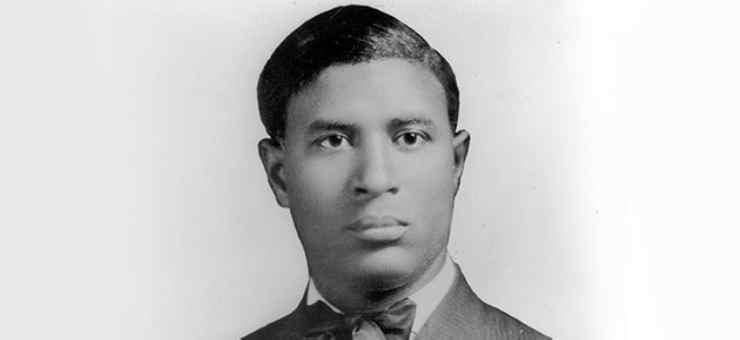(This was an article I’d written when me and my family decided to post one article a day for Black History. We eventually decided to combine everything we learned into one list, but since this article has already been written, I decided to post it.)
Garrett Morgan was born in Paris, Kentucky on March 4, 1877. His father was the son and former slave of Confederate general John H. Morgan and his mother was also a former slave and the daughter of a reverend. When he was just 14, Morgan moved to Ohio in search of employment.
Morgan first worked as a handyman in Cincinnati. He then moved to Cleveland repairing sewing machines for a clothing manufacturer. Having developed a talent for fixing things, Morgan opened his own repair shop in 1907. Two years later, Morgan opened a clothing store with his wife Mary Ann. He became so wealthy from his business ventures African American to own a car in Cleveland.
After spending years fixing other people’s inventions, Morgan decided he wanted to create a few of his own. He created a hair straightening cream, a hair pressing comb, and a black oil hair dye. After witnessing a serious accident at an intersection, Morgan invented an automated three-position traffic signal with the interim “warning” signal (similar to today’s yellow light) giving drivers the chance the clear the intersection before someone crosses the street.
The U.S. Patent Office granted Patent No. 1,475,074 to Garrett Morgan and he eventually sold the rights to his device to General Electric for $40,000. Today’s modern traffic signals are based of Morgan’s original design.
But Morgan is best known for inventing the safety hood. He created his safety hood after seeing firefighters struggling with smoke in the line of duty. The hood took advantage of the way smoke and fumes tend to rise to a higher position while leaving a layer of more breathable air below, by using an air intake tube. In the back, it held a wet sponge that filtered out the smoke and cooled the air.
Morgan received a patent for his safety hood in 1914. Morgan sold his hood to the U.S. Navy and the U.S. Army used them in World War I. The safety hood received nationwide attention when Morgan used them to rescue workers from a tunnel explosion under Lake Erie in 1916. Workers were trapped underground and two previous rescue attempts failed. Someone at the scene remembered seeing a demonstration of Morgan’s breathing device and ran to call him while he was at home. He arrived on the scene with his brother Frank, donned the safety hood and entered the tunnel. Morgan emerged from the tunnel carrying a victim on his back and his brother with another one seconds later. Others joined Morgan and his team, rescuing the workers and retrieving the bodies of the victims that didn’t survive.
After the heroic rescue, Morgan’s company received orders from many police and fire departments across the country. Unfortunately, Cleveland newspapers and city officials initially left out Morgan’s involvement in the rescue and his key role as the provider of the safety hoods. City officials requested the Carnegie Hero Fund Commission to issue medals to several of the men involved in the rescue but excluded Morgan from their request. In 1917, a group of Cleveland citizens tried to correct the omission by presenting him with a diamond studded gold medal. Morgan also received a medal by the International Association of Fire Engineers, which also made him an honorary member.
As he got older, Morgan’s health deteriorated. He developed glaucoma and eventually lost 90% of his vision. Morgan died on July 27, 1963 in Cleveland at the age of 86.





